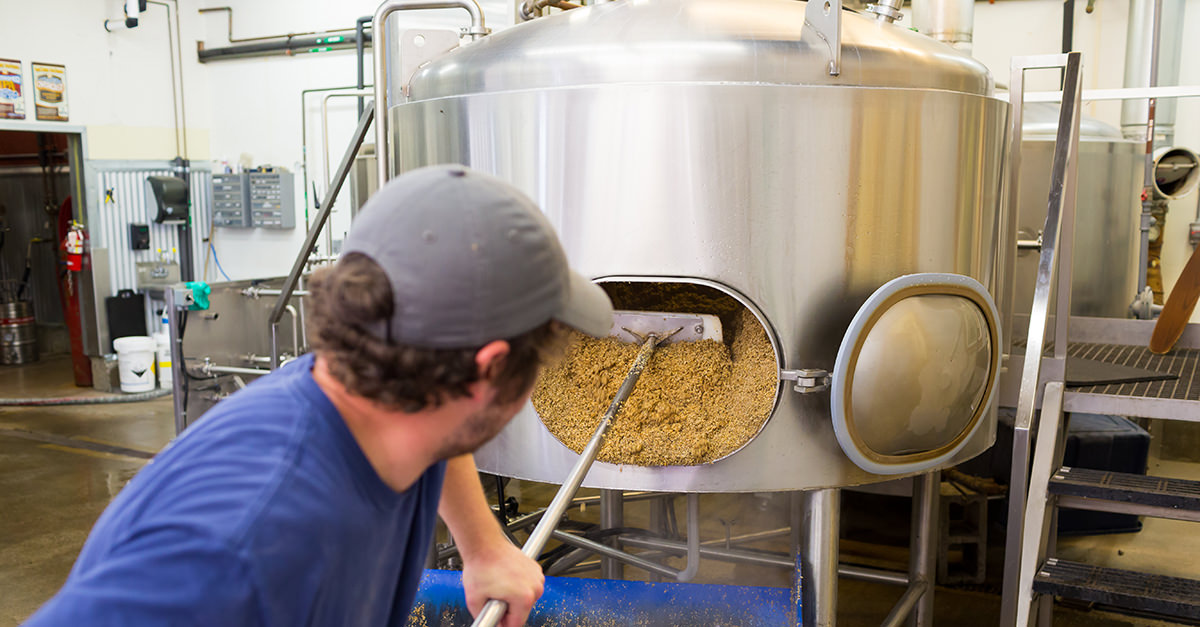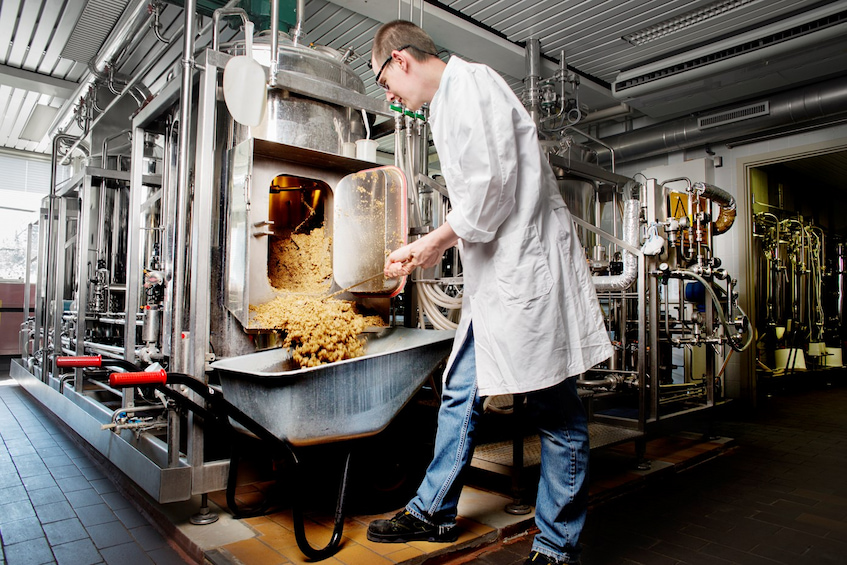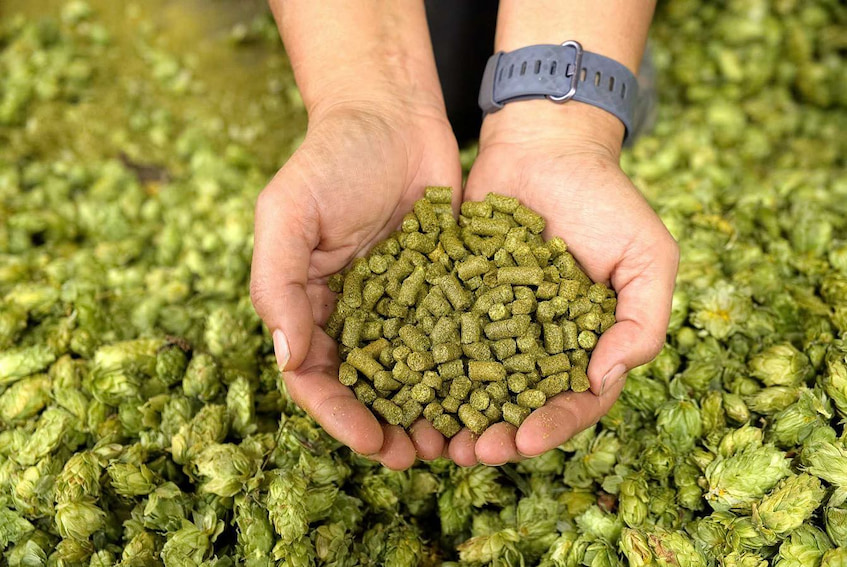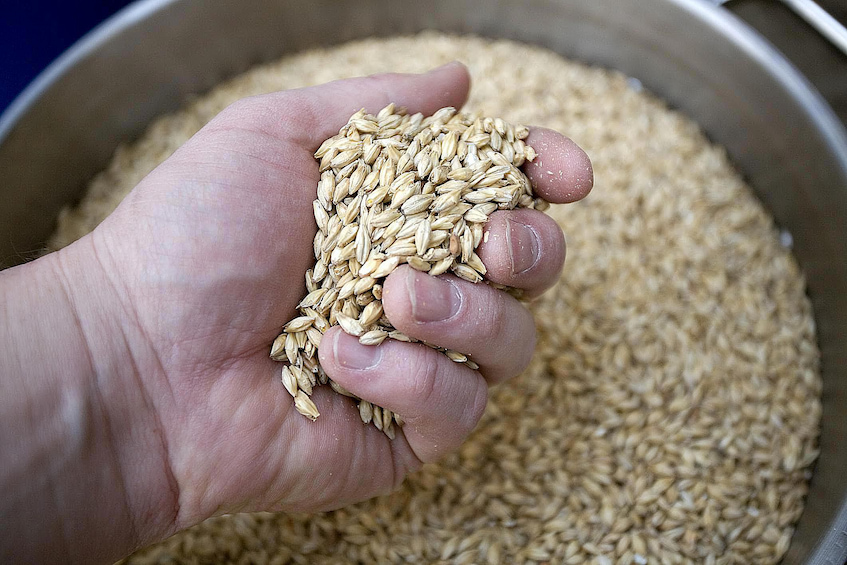
Brewing Beer at Home: The 4 Essential Ingredients for Creating Your Favorite Brew
Did you know that the health benefits of homebrewed beer outweigh the benefits of the commercially produced kinds? If you are a beer lover this may be enough reason to try making your first batch of homebrewed beer and experiment with a variety of flavours you’ve never tried before. Moreover, knowing the ingredients that have been put into is an even better reason as with homebrewing you’ll avoid using any preservatives and weird chemicals that are required for the commercially made beer to be able to preserve its taste for a long time.
While making homebrewed beer may seem like a difficult task, as long as you have the right equipment and ingredients it isn’t that hard to do. The truth is, you don’t have to know anything about beer making, to begin with. You just need to follow a recipe and educate yourself about the process along the way. There are four essential ingredients that go into the process of making beer and these will be the basis for your entire brewing project.
What Ingredients Are Needed to Make Beer?
Yeast

Beer yeast is a living organism, unicellular fungi, that is the crucial ingredient for making the alcohol in the beer. The brewing yeast organisms achieve this by consuming the sugars in the beer wort and converting them into both CO2 gas and alcohol. The main types of brewing yeasts on the market are ale and lager yeast. They are also known by the name top-fermenting and bottom-fermenting.
As their name suggests, the main difference between the two is that ale yeast ferments on top of the wort and requires normal room temperature while lager yeast ferments on the bottom of the wort and performs better at cooler temperatures. With ales, this process takes about 5 days, but it takes a much longer time for lager brewing yeasts.
Hops
Besides yeast, hops are another major ingredient essential for the process of beer making. These green cone-shaped flowers are responsible for contributing to the bitterness, flavours, and aroma of the beer. The bitterness comes from the two main components- the alpha acids while the flavour comes mostly from the volatile oils. The boiling part is a necessary component that enables the alpha acids in the hops to convert to iso-alpha acids to create bitterness.

There are hundreds of varieties of hops, much like wine grapes and each one of them differs in the amount of bitterness it contains. Hops are generally used either as bittering or finishing hop. As their name implies the first one is used to add bitterness to the product while the finishing hops are usually added towards the end of the boil contributing to the various flavours and aromas.
By adding a hop at a later stage, the aroma can be extracted from the hops into the beer wort, so as to not get boiled away. Hops add such versatility to the homemade beer, so you can craft your own beer by including a variety of flavours, such as tropical notes, herbal tones of freshly cut grass, fragrant flowers, and more.
Malt
Malt is a cereal grain, made from barley, that once soaked in water begins the process of sprouting (germination). This process is stopped at the right time by quickly drying the barley with hot air, a process known by the name malting. For your homebrewing needs, you can purchase the malt as a grain, extract syrup, or in a powdered form. Some types of barleys are roasted at various degrees thereby achieving a variety of flavours and colours.
There are two main types of malts used for beer making: base malts and specialty malts. Base malts are mostly used for making most of the beer recipes while specialty malts are typically used to make unique and not so common flavours. If you are a beginner home brewer you may consider starting with using malt extracts instead of base malts, as this way you won’t need to spend money on purchasing some heavy-duty equipment required for the process of brewing beer at home.

The most popular specialty malts are caramel and crystal malts. They are created by roasting moist barley before drying it which aids the process of caramelization. Given its name caramel malts add a cetin toffee flavour to the beer. Dark malts are also quite popular specialty malts. As their name implies they have deep brown tones that add to the dark colour of the beer. Given their potency, these malts are usually used in small quantities for achieving the desired results.
Water
Finally, to brew a quality beer at home you need to have good quality water. Good brewing water should be moderately hard and have low levels of alkalinity. Therefore an in-depth understanding of what makes quality water is of major importance for every beer brewer.
For instance, if there is too much sulphur in the water, the beer can retain an unpleasant smell. This is because sulphur emphasizes the hop bitterness and makes it taste even drier and crisper. For this reason, if you are brewing your beer at home, it’s good to request a water report from your municipality or buy a water test kit, so you can know better about the mineral content and adjust it to make an exceptionally tasteful homemade beer.

